Digital Technologies Come of Age in Health Care

The health care industry continues to grow at breakneck speed fueled by the great promise of emerging biomedical and AI-driven technologies, as well as the need to update legacy systems. Silicon Valley tech companies are wading into the sector, which means incumbent providers feel unaccustomed pressure to innovate. It’s a creative yet messy time for healthcare businesses and practitioners. In the midst of disruption, several trends continue apace:
1. The Pandemic Accelerated the Pace of Digital Transformation
Medicine is becoming less location-dependent. Thanks to the COVID-19 pandemic, the final bit of resistance to telehealth solutions disappeared, extending access to people whose physical location or disability may have limited it before.
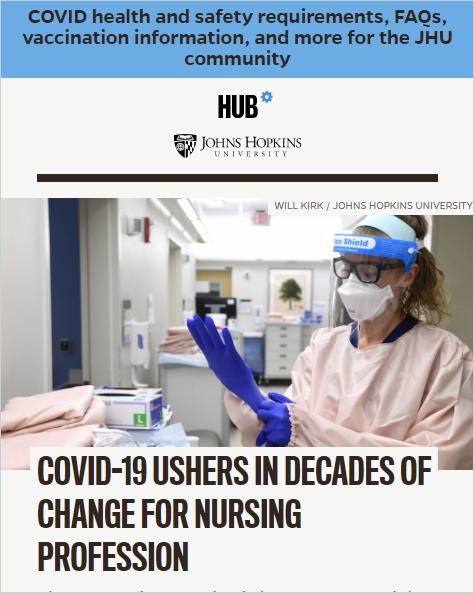
COVID-19 Ushers In Decades of Change for Nursing Profession
Johns Hopkins UniversitySeveral states gave nurses broader authority to deal directly with patients, which also multiplies access points. The pandemic highlighted weaknesses in health care supply chains and opportunities to be better prepared for the next public health emergency. Jeff Elton and Anne O’Riordan outline several ways the US health care system is ripe for disruption in Healthcare Disrupted. They point out that, as patients have increasing access to information, and pay a larger portion of their health care costs, they are increasingly more active as consumers. In exchange for better access, patients are more willing to share their data, understanding that it will aid in better outcomes.
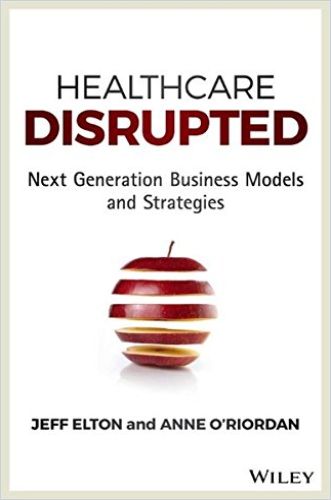
Perhaps the best continuing change is the switch from a system that incentivizes costly emergency interventions in chronic diseases to one that increasingly looks at prevention. The authors say spending in the sector will reach $18 trillion worldwide in 2030.
For health care, this transition takes the form of an emphasis on health as opposed to disease, outcomes instead of inputs and value in lieu of volume.
Jeff Elton and Anne O’Riordan
2. There’s Greater Focus on the Individual Patient and His or Her Potentially Unique Needs.
Authors John Koster, Gary Bisbee and Ram Charan call the health care customer “n=1” because keeping the focus on the individual is driving medical innovation. Today’s consumers insist on services or therapies that suit their own needs. This, and the additional risks patients and providers shoulder, makes health care more of a “retail” market than it has been in the past.
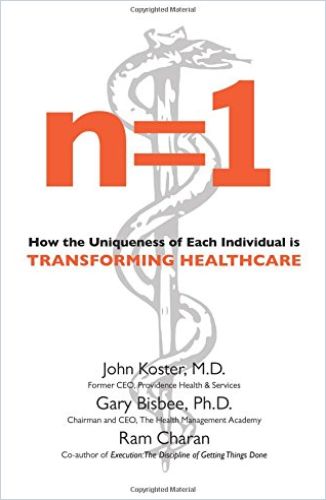
As devices, apps, monitors and sensors proliferate, giving consumers immediate information concerning health indicators, providers are under more pressure to meet them in those channels and to provide instant instruction for prevention and management. A deeper understanding of biology also fuels the focus on the patient, for instance, understanding the gut microbiome.
3. Several Exciting Technologies Become More Mainstream Every Day
Science journalist Adam Piore writes about the exciting prospects of “reengineering” bodies to cure disease or injury in The Body-Builders. At the same time, biology and physiology inform robotics, stem cell research, brain implants and the 3D printing of tissue.
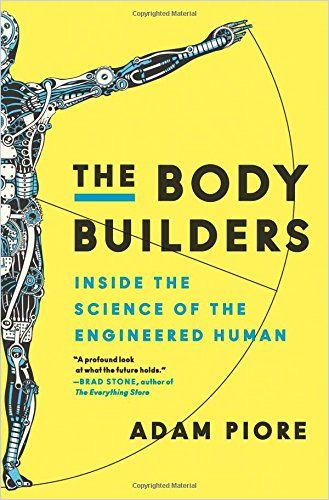
Piore outlines several technologies going mainstream in medicine:
- Robotics – Hugh Herr lost his legs while mountain climbing, but he didn’t let that keep him from climbing. He developed prostheses, picking up a PhD while studying the movement of quadrupeds for insights on how to improve robotic augmentation of humans. He created a “Spider Man suit” for climbing, as well as a spring-loaded running shoe. He regularly jogs on his own bionic legs.
- Gene therapy – CRISPR opened up the field of genetic engineering, the direct manipulation of a person’s DNA.
- Stem cell therapy – These techniques use undifferentiated stem cells from a person’s body to heal itself.
- Regenerative medicine – This field of study pursues the idea that humans can regenerate tissue after injury.
- Tissue printing – Gordana Vunjak-Novakovic grows beating hearts in bioreactors assisted by a pacemaker. 3D printing also comes in handy for David Kaplan’s BioDome seal which creates an airtight, controllable environment after amputation and encourages tissue regrowth. Combined with Michael Levin’s electrical signals, they believe it’s possible to eventually regrow a human hand.
- Virtual and Augmented Reality – Peter Meijer helped Pat Fletcher “see” again after being blinded by using the neuroplasticity of her brain and substituting sound to reawaken the brain’s visual areas. She soon was able to differentiate noise from the shape of objects, and after four years could again discern depth perception.
- Brain-computer interfaces – Utilizing a brain-computer interface, scientists figured out how to use the brain’s “imagined speech” to help ALS patients escape “locked-in syndrome” and continue to communicate with others.
This hints at a potentially paradigm-shifting moment for the human race – the idea that someday in the not-too-distant future we may be able to regrow or swap in new parts as easily as we swap in a new set of tires on a car.
Adam Piore
4. Advances In Medicine Rely on Artificial Intelligence, Which Relies on Big Data
Artificial intelligence (AI) is the key to personalized medicine, writes Alex Grey in “7 Amazing Ways Artificial Intelligence Is Used in Healthcare.” But to be effective, personalized medicine must utilize a large data set to aid diagnosis; the larger it is, the better your chances the data will inform the perfect cure. AI already does a great job at diagnosis – catching skin cancer at a higher rate than doctors, for instance – and frees up doctors for more time with patients. Doctors already use AI to analyze patient records and scans, and to advise them based on encyclopedic databases.
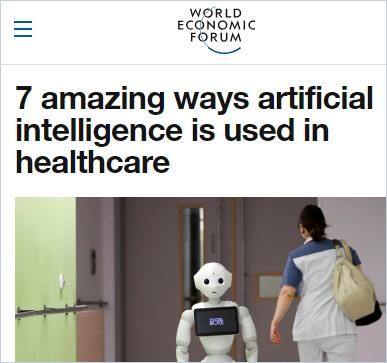
7 Amazing Ways Artificial Intelligence Is Used in Healthcare
World Economic ForumAI-enabled wearable devices can alert patients to potential health issues before the onset of symptoms. AI assists drug developers by analyzing clinical trials, patient files and genetic information to better predict drug interactions. AI trained on brain scans are able to discern subtle changes in blood flow that humans can’t see thus better predicting which patients will come out of a coma.
It is essential that we upgrade diagnosis from an art to a digital data-driven science.
Eric Topol
Biomedical Natural Language Processing (NLP), AI processing capable of distinguishing specialized medical terms and diseases, will transform medicine by enabling the analysis of digital patient records at scale, explain experts Siddhartha Chaturvedi and Hoifung Poon in a Tech Minute video for Microsoft. This paves the way for more personalized diagnoses and more precise medicine.
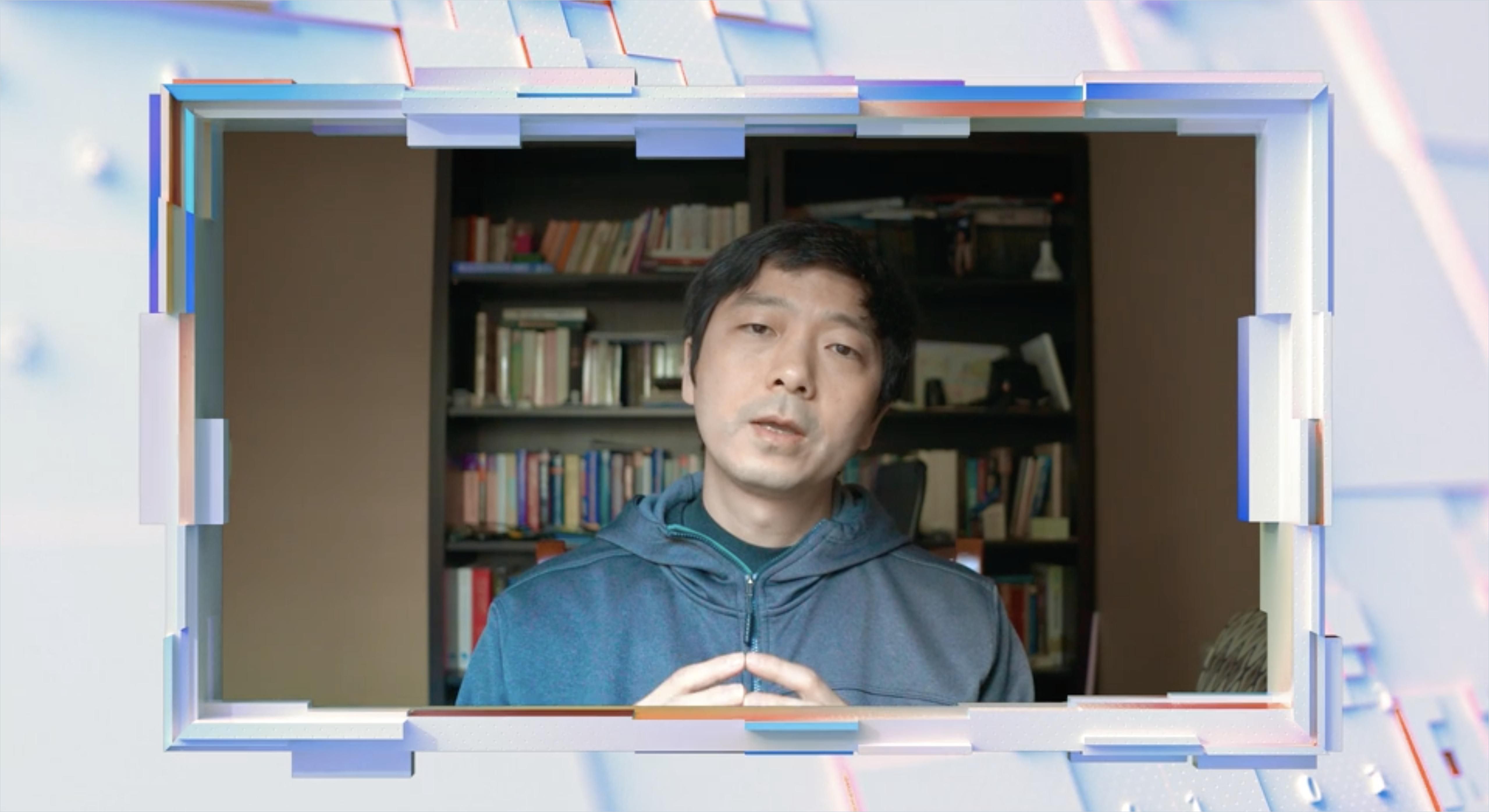
Biomedical NLP is also vital to quickly parsing the 4000 or so medical papers published daily and making that information available to doctors and specialists, to inform their decisions and create new treatments. This in conjunction with wearable technology will greatly aid in longitudinal clinical studies. Biomedical NLP uses “Deep Probabilistic Logic” to represent disparate or contradictory data to the human specialist overseeing its work, which can point to new connections or treatments.
In Deep Medicine, cardiologist and author Eric Topol agrees that AI promises to make ever-more personalized medicine a reality. Health care in the United States lags other countries in terms of quality and in terms of adoption of technologies, despite greater spending. Currently, he says, too much medicine in the United States is “unintelligent” and “shallow,” because instead of understanding the whole person, it uses the latest shiny widgets to make diagnoses. Doctors overprescribe both drugs and procedures. As much as 33% of all medical procedures in the United States are not necessary and only 25% of US patients are actually helped by the drugs they take.

In a random test of 300 patients, a doctor giving a second opinion confirmed the first doctor’s opinion only 12% of the time. A truly data-driven system would extract and explore massive aggregations of data as well as more data from individuals to get better at diagnosis and analysis. Patients need to be in control of their own data, and providers need to improve security. Better AI integration leads to enormous costs savings. For instance, compare a radiologist who earns $400,000 yearly and reads up to 100 scans in a day to an algorithm able to interpret 260 million scans within 24 hours at a cost of $1,000. Topol believes the integration of AI in medicine will ultimately be humanizing.
The greatest opportunity offered by AI is not reducing errors or workloads or even curing cancer. It is the opportunity to restore the precious and time-honored connection and trust…between patients and doctors.
Eric Topol
5. Low-Tech Solutions Will Also Improve Health Care
While genomics is still heralded as holding out great hope for personalized medicine, medical scientist Robert M. Kaplan writes in More Than Medicine that’s been the promise for decades, and the promise hasn’t been realized, despite enormous amounts of money poured into research by the National Institutes of Health.
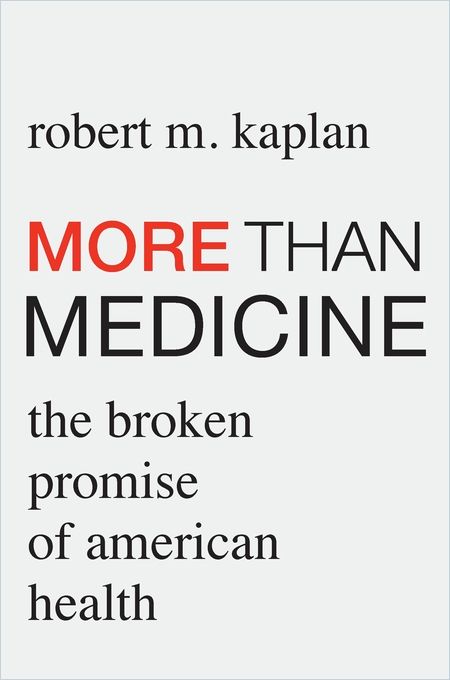
The United States spends 90% of its health care budget – the world’s largest – on research and development of biomedical cures while longevity declines. While AI does aid in diagnosis, and excels at some types, doctors are still better at prediction when taking into consideration family medical histories. Most peer-reviewed papers publish exaggerated findings by researchers that can’t be replicated. The US health care system incentivizes cures, new medicines and surgeries while not focusing at all on improving patient behaviors that could lead to better longevity numbers. Behaviors account for most early deaths from heart disease, diabetes, stroke, medical error and drug overdose. A new paradigm would invest in health education and reward positive outcomes while reducing the costs of administration, fraud and end-of-life care.
We have cured Alzheimer’s disease at least 300 times in mouse models, but so far failed to cure it in any humans.
Robert M. Kaplan
6. Relocalizing Health Care is a Win-Win for the Sector and for Communities
In The Next Shift, author Gabriel Winant gives readers insight into the US health care system by focusing on the sector’s history and impact in one town: Pittsburgh, Pennsylvania. Pittsburgh was dominated by the steel industry and became a powerhouse because of it post-World War II. As industry boomed, so did worker health care benefits. Higher quality care drove up prices, which led to higher premiums and put care for the uninsured out of reach. With Medicare and Medicaid picking up the tab, expenses rose for treating the elderly.
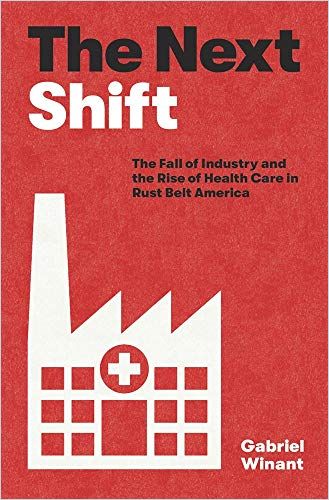
All these profits went into new medical technologies and ever-larger facilities that increasingly benefited those who could afford premium care. Smaller community hospitals couldn’t compete, closed, were bought out or cut staff and wages. When Pittsburgh’s steel industry collapsed, the health care system it built was unsustainable.
The health care industry provides one out of every seven jobs in the United States. Yet large employers like the University of Pittsburgh Medical Center claim no employees; instead, they consider all workers subcontractors or independent contractors. In addition to unwieldy administrative structures and income inequality that ensures millions can’t access health care, despite the Affordable Care Act, it’s understandable many question whether it’s all worth it, since health outcomes in the United States are below average compared with other wealthy countries. The emphasis on “moonshot medicine” leads to poor results. Instead, care should focus on patient longevity and quality of life. That’s why author David Chase emphasizes community-based primary care providers in Relocalizing Health.
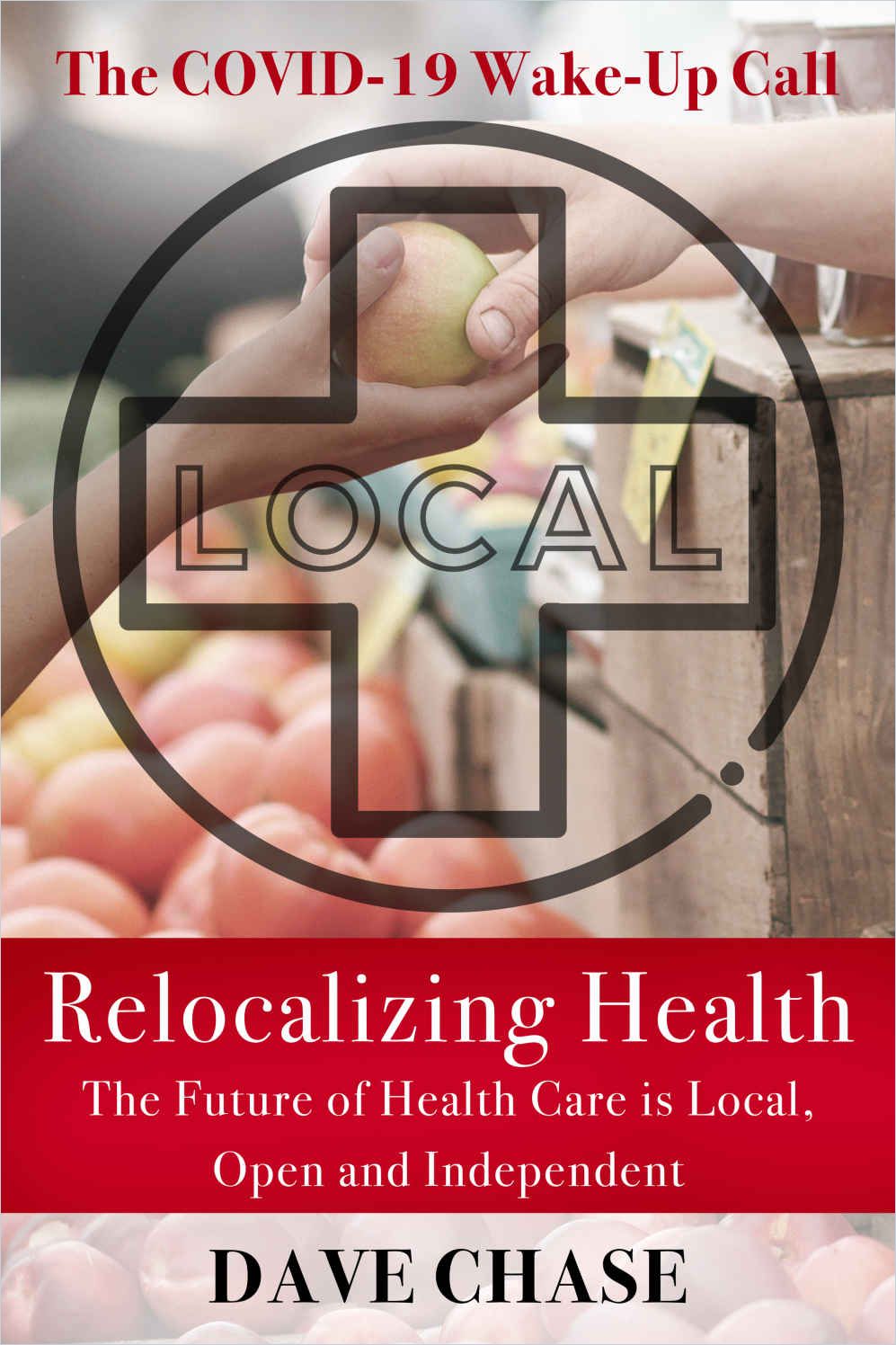
The opioid crisis laid bare the lethal shortcomings of the US health care system. Instead of allowing injured workers to recover, doctors preferred to dole out pain pills. Workers never healed – they don’t get paid if they don’t work – and, as a result, became even more addicted to opioids.
The cost of health care fraud is 14,285% higher than credit card fraud.
David Chase
As health care eats up bigger and bigger percentages of state budgets and employer spending, many are rethinking the insurance and hospital conglomerations, with its spiraling costs, bloated administration and rampant fraud that take money out of communities. Instead, communities and employers are focusing on preventive care led by the patient and a primary care team and are increasingly moving to self-insurance. Rosen Hotels in Florida followed these more holistic principles for over 20 years. Rosen employees are supported with access to health services with no or low co-pays. They estimate they spend half as much per employee on health care as similar employers. They reinvest the savings in their community, paying college tuition for employees and their children, and sponsoring local good works.









